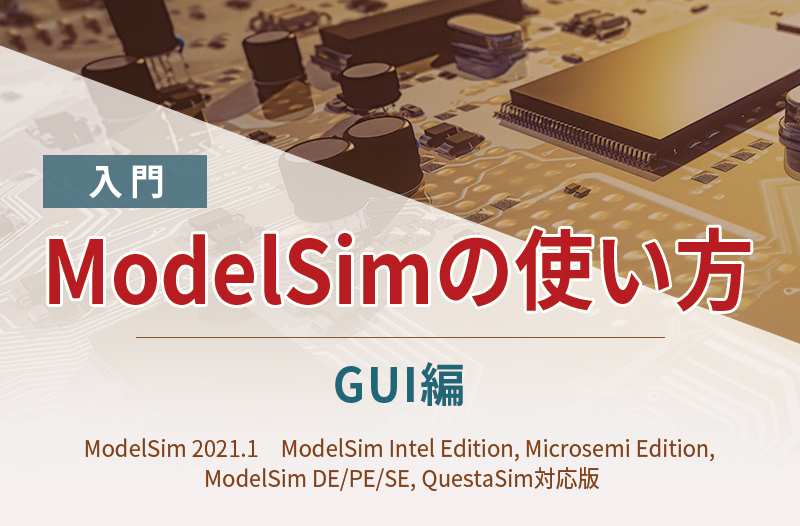

Stephen Mellor, a leader in the UML space and co-originator of the Shlaer-Mellor design methodology, joined Mentor Graphics in 2004 following the acquisition of Project Technology. Neil Henderson joined Mentor Graphics in 2002 with the acquisition of Accelerated Technology Inc. James "Jim" Ready, left Mentor in 1999 to form the embedded Linux company MontaVista. Mentor product development was located in the US, Taiwan, Egypt, Poland, Hungary, Japan, France, Canada, Pakistan, UK, Armenia, India and Russia. In January 2021, Mentor became a division of Siemens and was renamed as Siemens EDA.Under the terms of the acquisition, Mentor Graphics kept its headquarters in Wilsonville with workforce intact, and operated as an independent subsidiary. Mentor Graphics started to operate as "Mentor, a Siemens Business". The acquisition was completed in March 2017. In November 2016, Mentor Graphics announced that it was to be acquired by Siemens for $4.5 billion, at $37.25 per share, a 21% premium on Mentor's closing price on the previous Friday.In February 2011, activist investor Carl Icahn offered to buy the company for about $1.86 billion in cash.On 15 August 2008, Cadence withdrew this offer quoting an inability to raise the necessary capital and the unwillingness of Mentor Graphics' Board and management to discuss the offer. In June 2008, Cadence Design Systems offered to acquire Mentor Graphics in a leveraged buyout.Printed circuit board & wire harness design By the late 1980s, all EDA companies abandoned proprietary hardware in favor of workstations manufactured by companies such as Apollo and Sun Microsystems.Īfter a frenzied development, the IDEA 1000 product was introduced at the 1982 Design Automation Conference, though in a suite and not on the floor. The second, was the hardware - Mentor ran all programs on the Apollo workstation, while Daisy and Valid each built their own hardware.

#Modelsim de software#
When Mentor entered the CAE market the company had two technical differentiators: the first was the software - Mentor, Valid, and Daisy each had software with different strengths and weaknesses. Based in Chelmsford, Apollo was less than a year old and had only announced itself to the public a few weeks prior to when the founders of Mentor Graphics began their initial meetings. Īpollo Computer workstations were chosen as the initial hardware platform. Mentor Graphics was one of the first companies to attract venture capital to Oregon. The next round was $2 million from five venture capital firms, and in April 1983 a third round raised an additional $7 million. The first round of money, worth $1 million, came from Sutter Hill, Greylock, and Venrock Associates. Mentor Graphics was founded in 1981 by Tom Bruggere, Gerry Langeler and Dave Moffenbeier. 6.4 Electrical Systems, Cabling, and Harness.


 0 kommentar(er)
0 kommentar(er)
